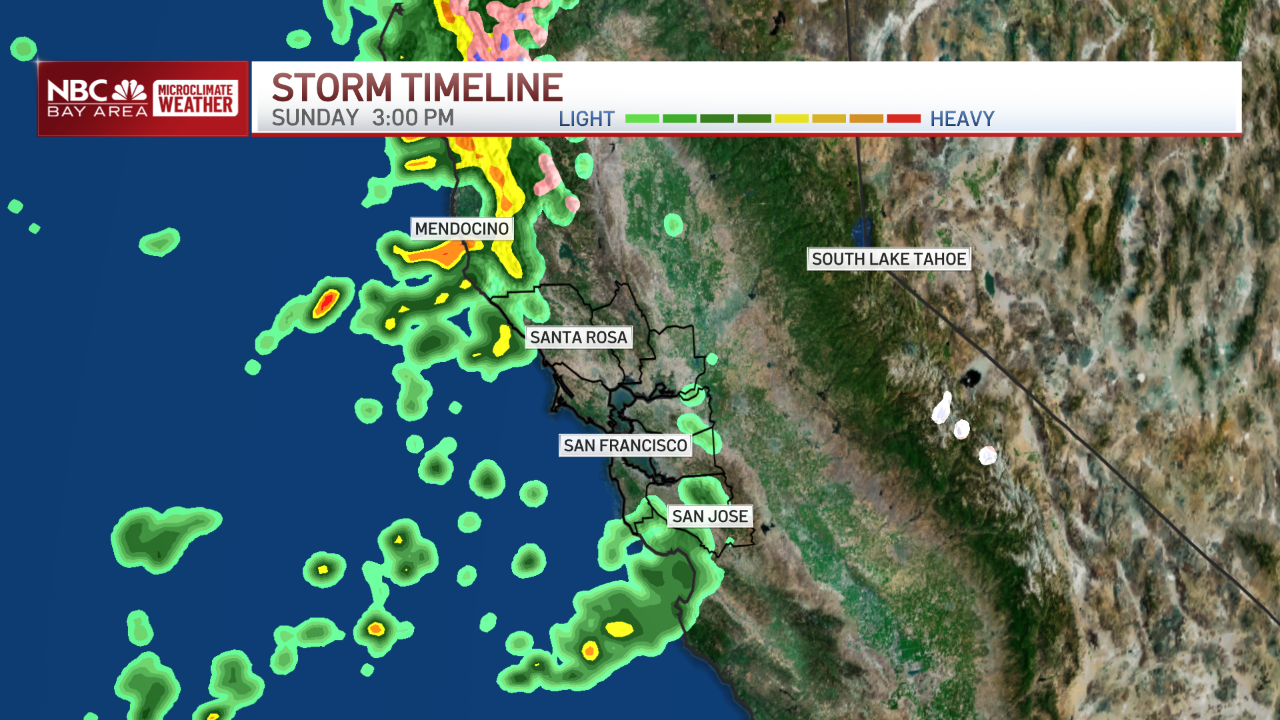Bay Area residents are living on the edge of a "tectonic time bomb," according to new research from the U.S. Geological Survey.
The Hayward Fault is more dangerous than the San Andreas Fault because it runs through some of the most heavily populated parts of the Bay Area, from Richmond down to San Jose, the USGS study said.
[NATL-LA GALLERY] Photos: What to Keep in Your Disaster Emergency Kit
Around 800 people could die, and around 18,000 would be hurt if an earthquake of magnitude-7.0 or stronger were to strike along the Hayward Fault, the USGS estimated.
Earthquake experts at the UC Berkeley Seismological Laboratory said that human costs aside, this narrative would also lead to massive and widespread damage to infrastructure as well as private and public property as tremors spread out along 52 miles of the fault line between San Pablo and San Jose.
"This fault is what we sort of call a tectonic time bomb," USGS earthquake geologist emeritus David Schwartz told the Los Angeles Times. "It’s just waiting to go off."
"It cuts through homes, hospitals, school and valueable infrastructure that feeds the Bay Area like water and energy," said a Geographic Information Systems Manager for USGS, James Luke Blair.
Local
Gas and water lines could rupture, burning roughly 152,000 households in as many as 400 different blazes that fire departments may not be able to fight effectively, displacing an estimated 410,000 residents in an already hyper-competitive housing market, according to the study.
"Our science has shown that this fault has ruptured on average around 140 to 150 years as an interval, and we are currently overdue and we need to prepare for an earthquake," Blair said.
[NATL] Old Photos Show Earthquake That Shook San Francisco in 1906
The new study comes on the eve of the 112th anniversary of the 1906 San Francisco earthquake. The April 18 temblor struck along the San Andreas Fault, killed as many as 3,000 people and reduced the city to rubble.
Bay Area residents are advised to keep emergency supply kits at home and at work, to secure large appliances and top-heavy furniture to walls and avoid hanging anything heavy above where they sleep.
They also recommend backing up data, creating an emergency plan and consulting with a professional to make sure places of residence are structurally sound.
A comprehensive list of personal home safety suggestions and resources for building community resilience is available online at https://outsmartdisaster.com.
View the full study here:



